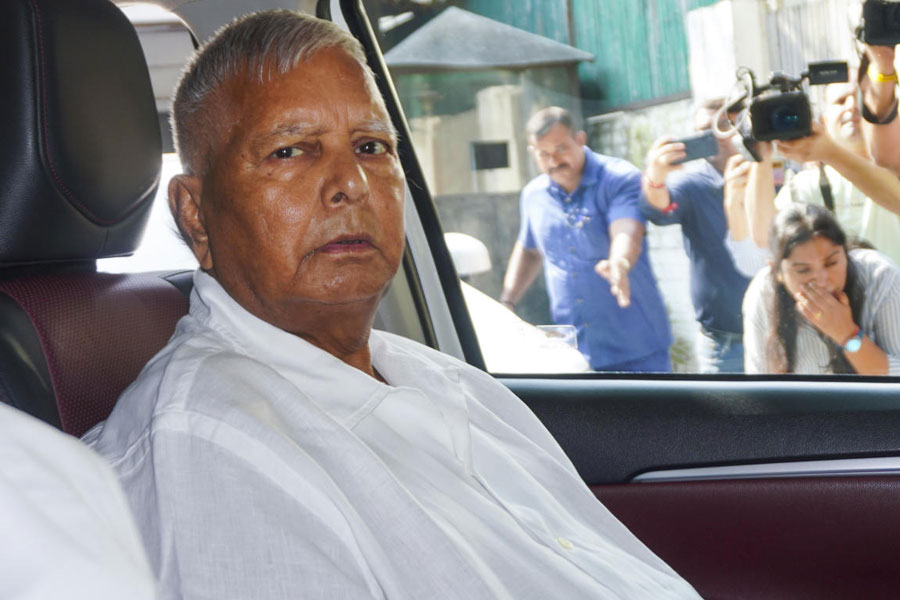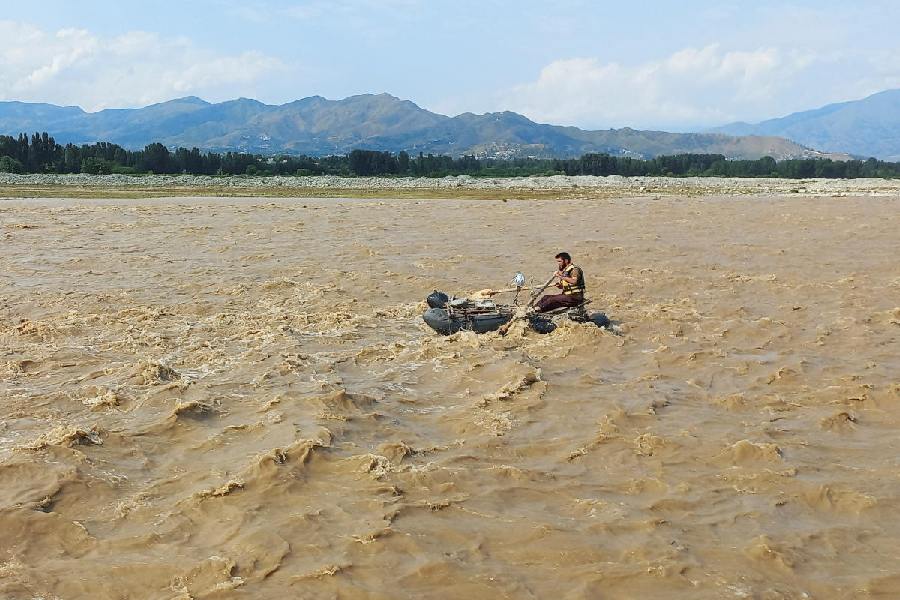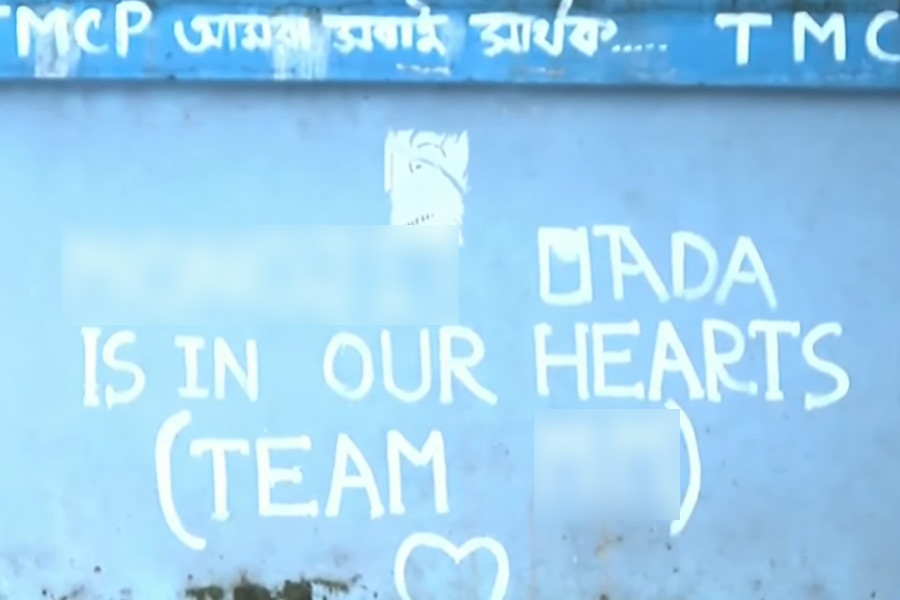 |
Till the beginning of the 20th century, Arya Natya Samaj was the only public hall at Guwahati and a section of the educated Assamese gentlemen were pondering over the idea to construct another, which somehow did not materialise. In 1892, the Quinton Memorial Hall was established at Shillong, which became the nerve centre of public activities there and the enlightened section of Guwahati residents wanted to have a similar institution in their own town.
At the beginning of the 20th century, however, an opportunity came. Lord Curzon visited Assam in 1903 and to felicitate him, a public reception committee was formed at Guwahati. This committee collected Rs 14,000, which was a substantial amount those days. Manik Chandra Baruah was an important office-bearer of the committee and he suggested that instead of spending the entire amount in decoration, fireworks and fanfare, something concrete should be done to commemorate the visit.
In a preparatory meeting of the reception committee, he said, “Assam is poor. We must not be extravagant to accord reception to the Crown’s representative. The ceremony should be simple and sober. Instead of spending the entire money in fanfare, something permanent for public utility should be done to perpetuate the memory of Lord Curzon, which should be named after him.”
Thereafter, Manik Chandra gave a specific proposal to construct a public hall, which was supported by Jaganath Barua (BA Jaganath) and Rai Bahadur Bhuban Ram Das. The duo was also the members of the reception committee.
There was, however, differences of opinion about the site of the proposed hall — some suggested that it should be at Uzan Bazar, while others proposed to construct the hall near the Fancy Bazar Ghat, at Kamarpatty.
A surplus of Rs 6,000 came to the reception committee after meeting all expenditure of Lord Curzon’s visit. Chief commissioner J.B. Fuller and commissioner Henry Gordon communicated to Manik Chandra, appreciating the idea to construct a hall to be named after Lord Curzon and requested him to expedite the work.
Manik Chandra took up the project in right earnest, arranged the land and proceeded with the construction work. Considering the fact that the hall was to be constructed with public money, he suggested involvement of the public works department. Accordingly, a hall was constructed near the old dak bungalow at Panbazar. Thus came into existence a new public hall of Guwahati — the Curzon Hall in 1903. This old building now houses the Cotton College Library, near the present GPO. When the decision to name the hall after him was communicated to Lord Curzon by the chief commissioner, he expressed immense satisfaction. The subject also finds a place in Lord Curzon’s diary.
As Cotton College started to expand, it became necessary to shift the hall from its original place. The district administration and Cotton College authorities felt that the public hall, just adjacent to the college, was affecting the tranquil environment on the college campus. Again it was Manik Chandra who located a suitable spot near Dighali Pukhuri and took the initiative to purchase it from the landowner (father of Md Tayebullah).
The government then constructed a hall there measuring 100 feet by 30.5 feet. In 1912, Curzon Hall and Library was shifted to this building while the old building became the Cotton College Library. The government made special budgetary provisions for the construction of this hall.
As a witness of many historic events, this hall now stands as a symbol of pride and tradition of Guwahati. Most important meetings of the town used to be held here till the Sixties. Almost all stalwarts of socio-cultural and literary fields of Assam assembled here on numerous occasions. When Assam’s former chief commissioner Henry Cotton revisited Guwahati in 1914 as the president of the Indian National Congress, the public reception was accorded to him in the hall.
Rabindranath Tagore was also given the public reception in this hall when he came to Guwahati in 1919. P.C. Roy, Sir Ashutosh Mukherjee, Subhash Chandra Bose, Jayaprakash Narayan, C.R. Das, C.F. Andrews and many more dignitaries visited and delivered lectures at Curzon Hall.
Interestingly, it was used as the central examination hall of Cotton College for sometime. It was in this hall that Nabin Chandra Bardoloi gave the call to the students for boycotting Cotton College during the national movement. During World War II, it became a base for military operations. In 1953, when Bishnu Ram Medhi was the chief minister of Assam, the hall was renamed as Nabin Chandra Bordoloi Hall.
Dipankar Banerjee











